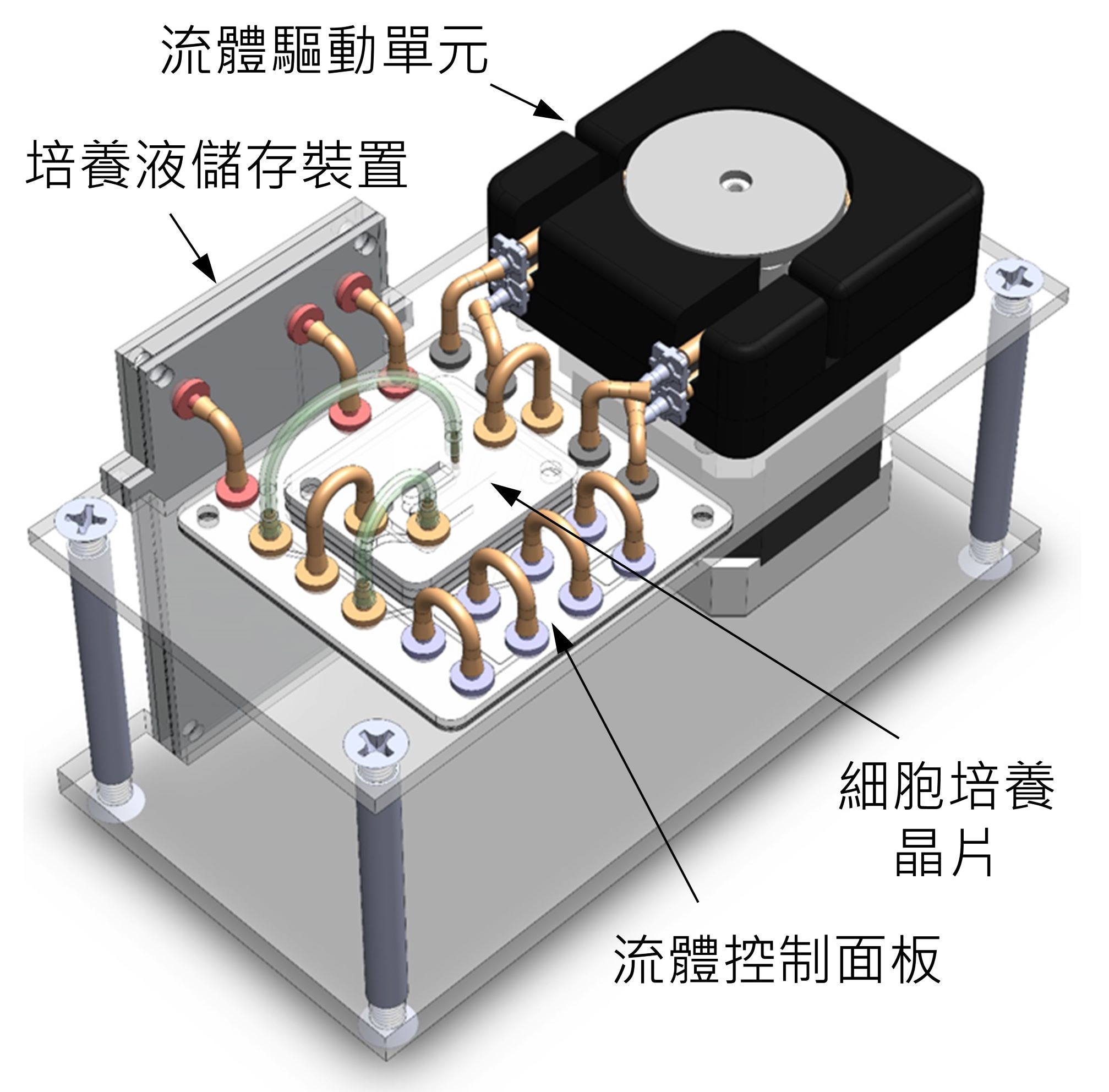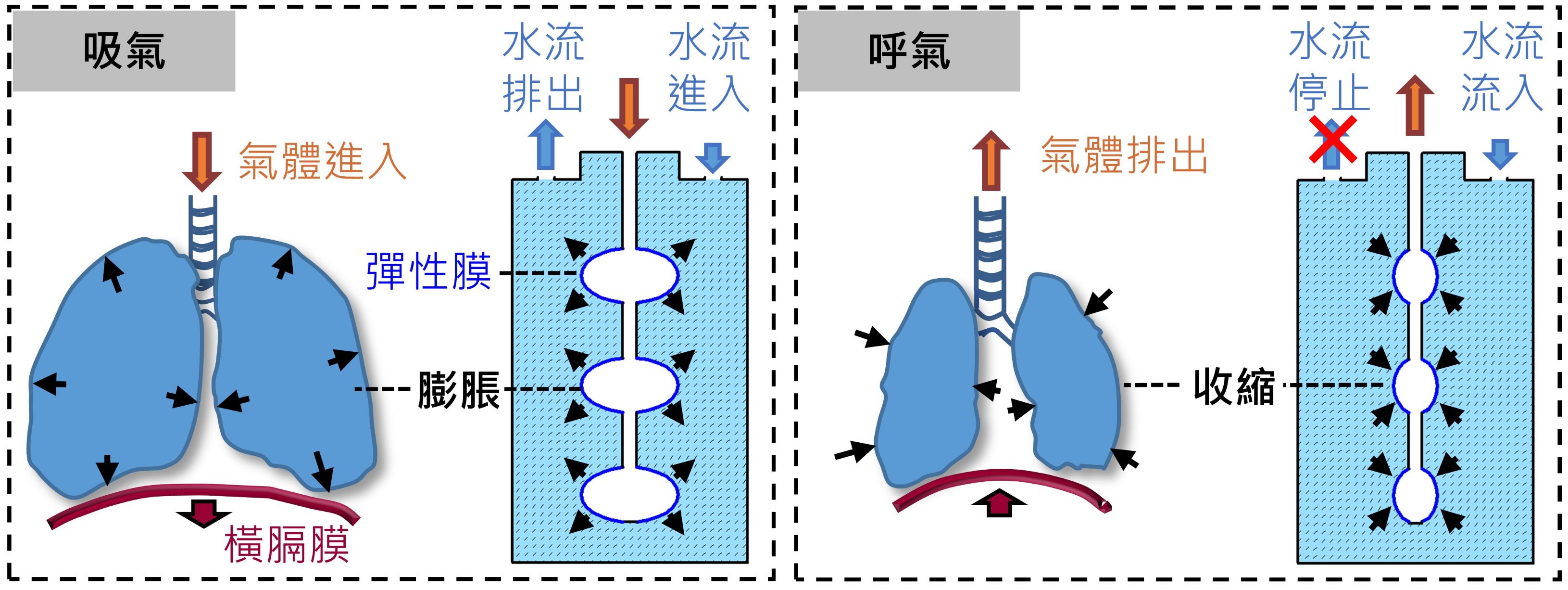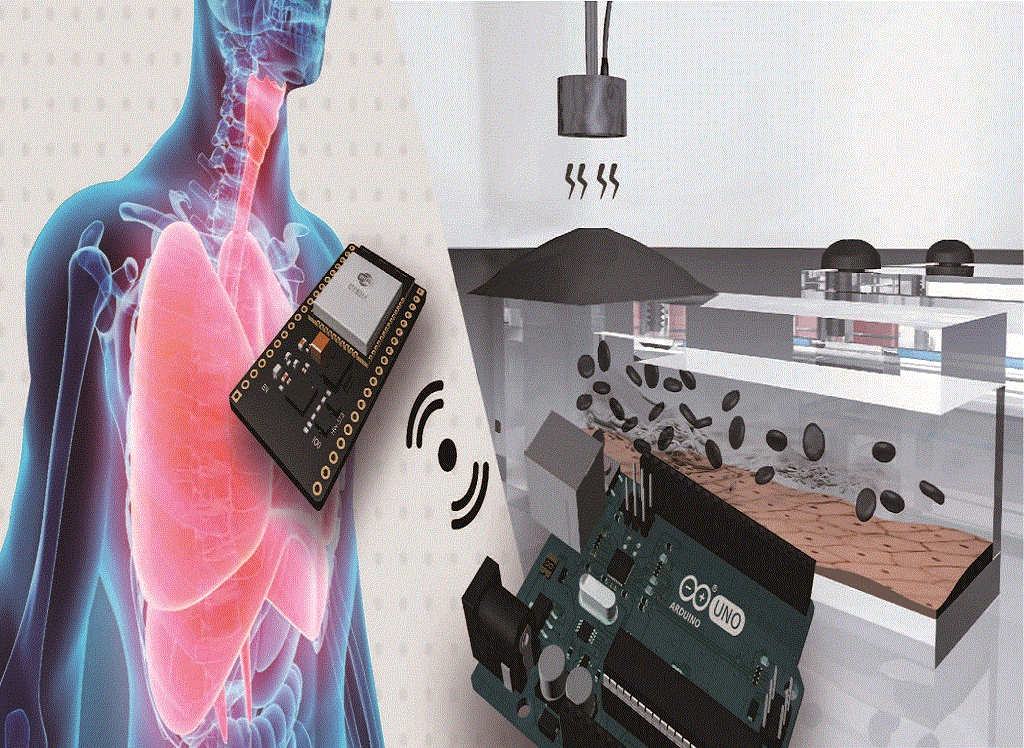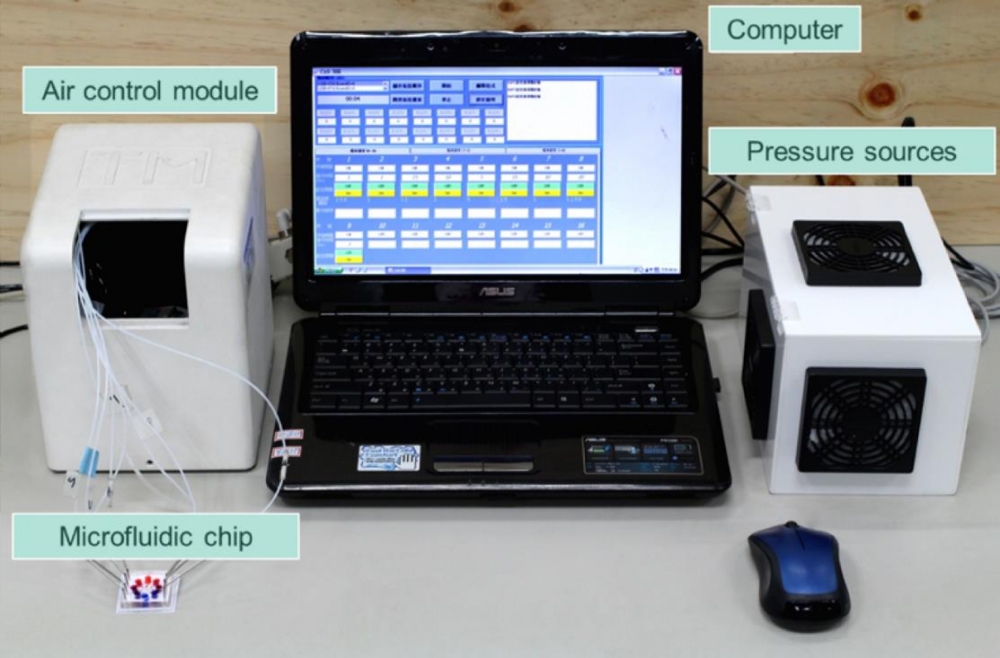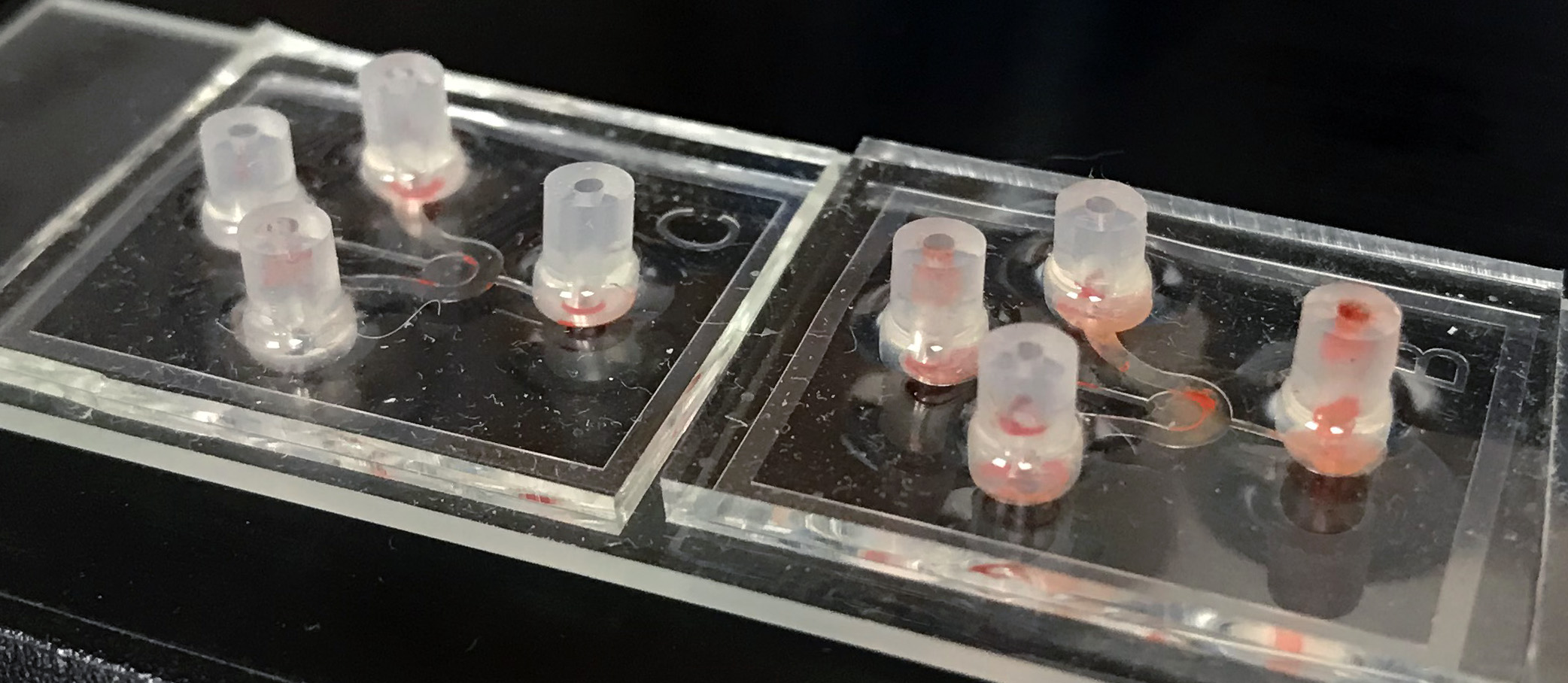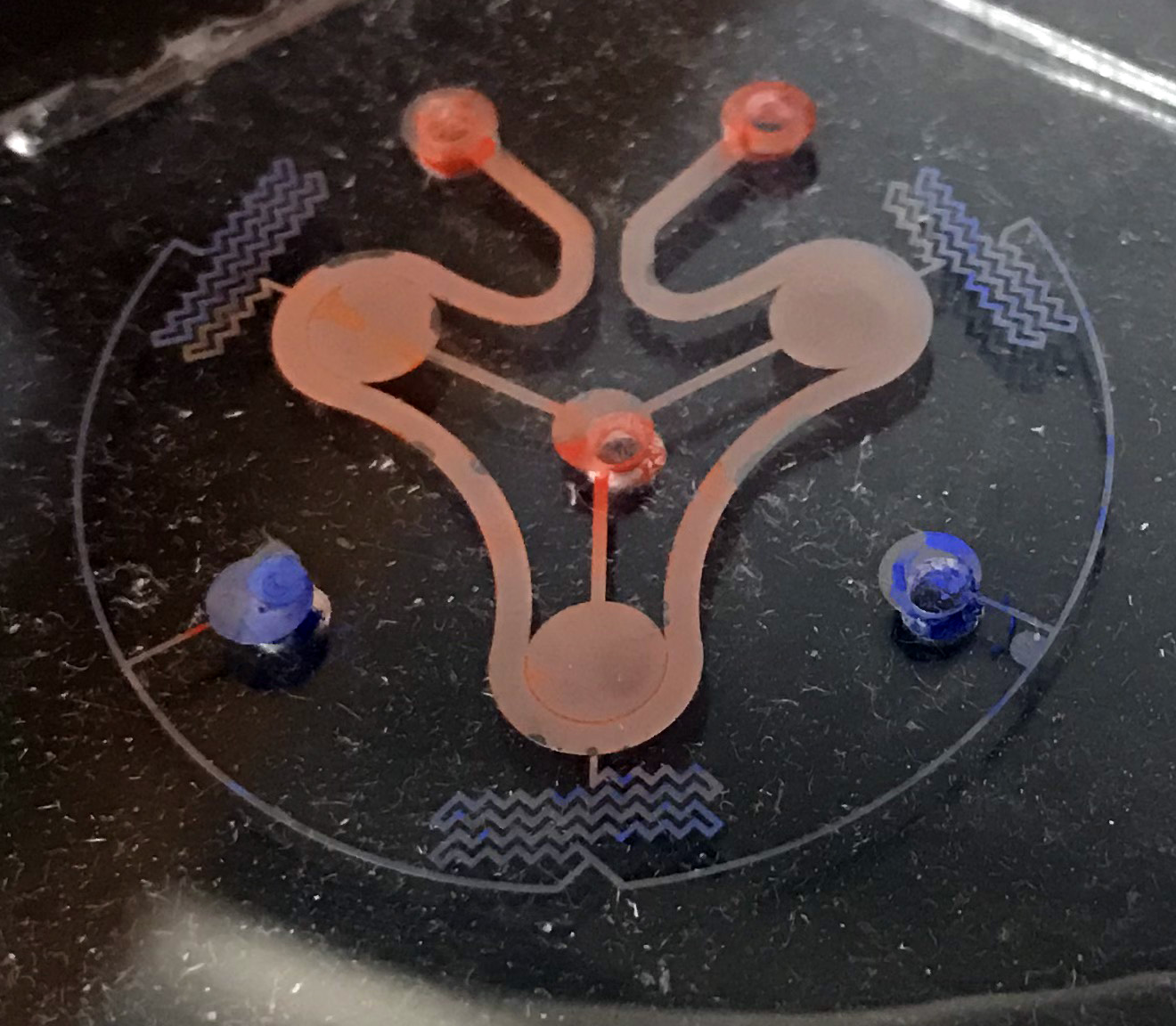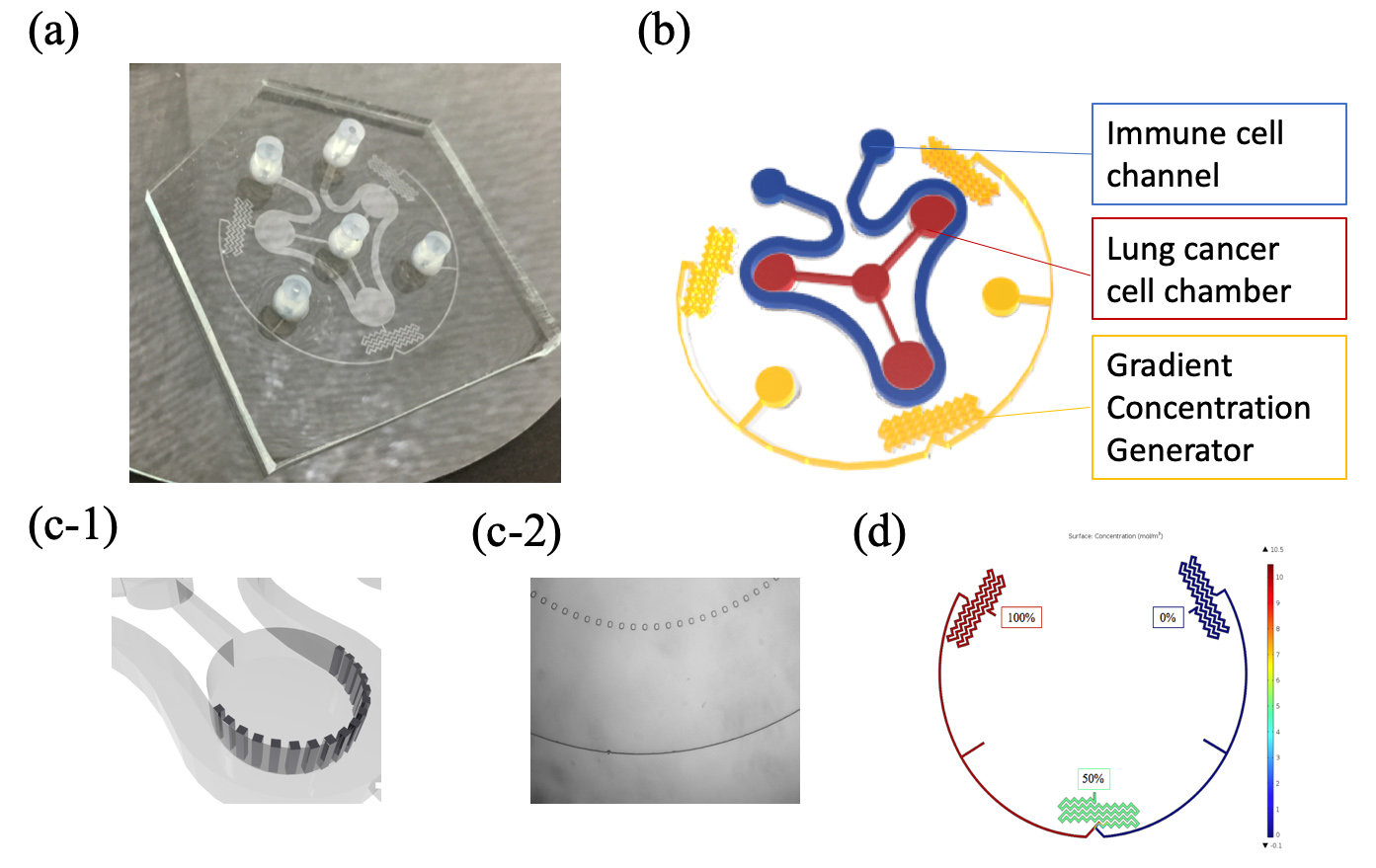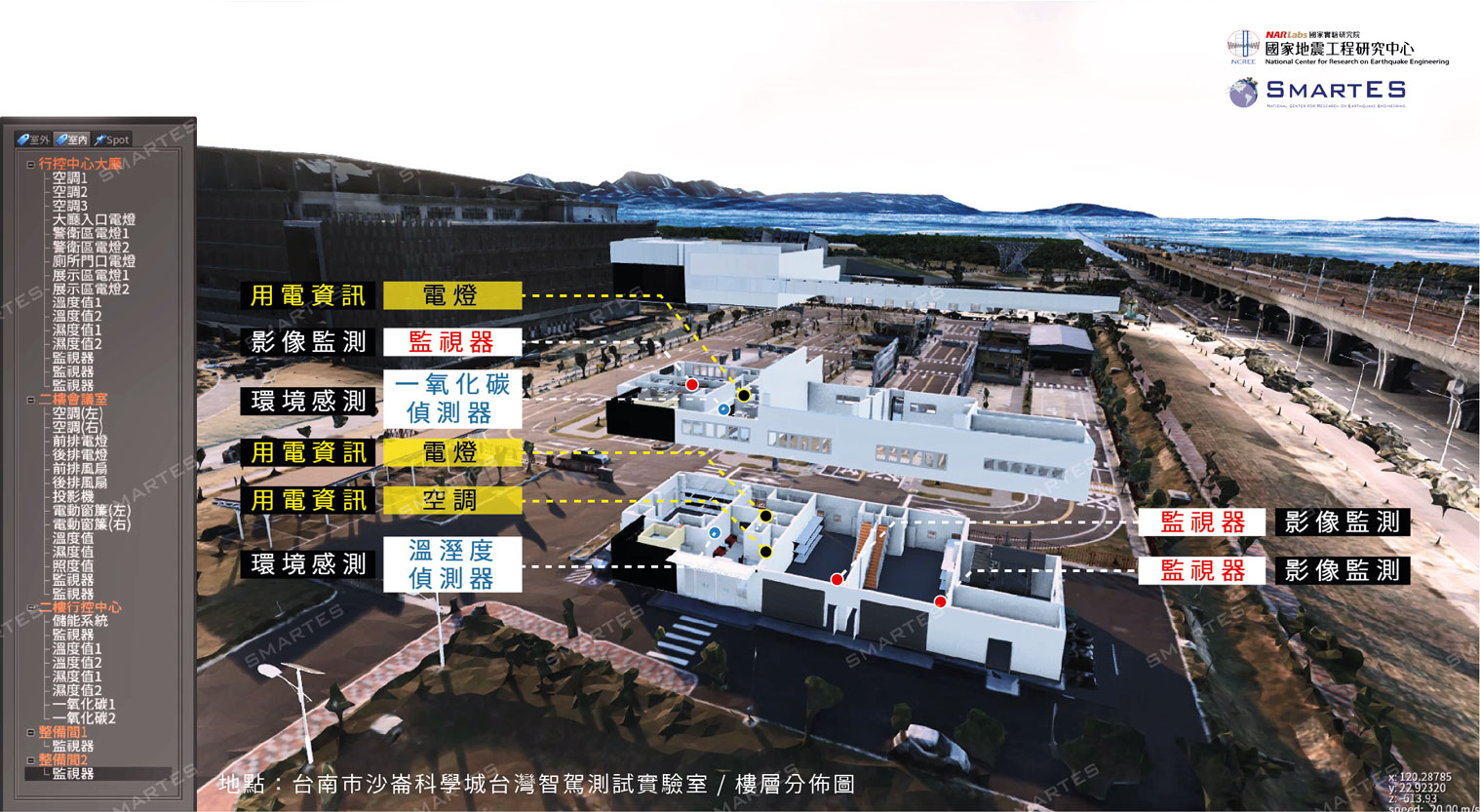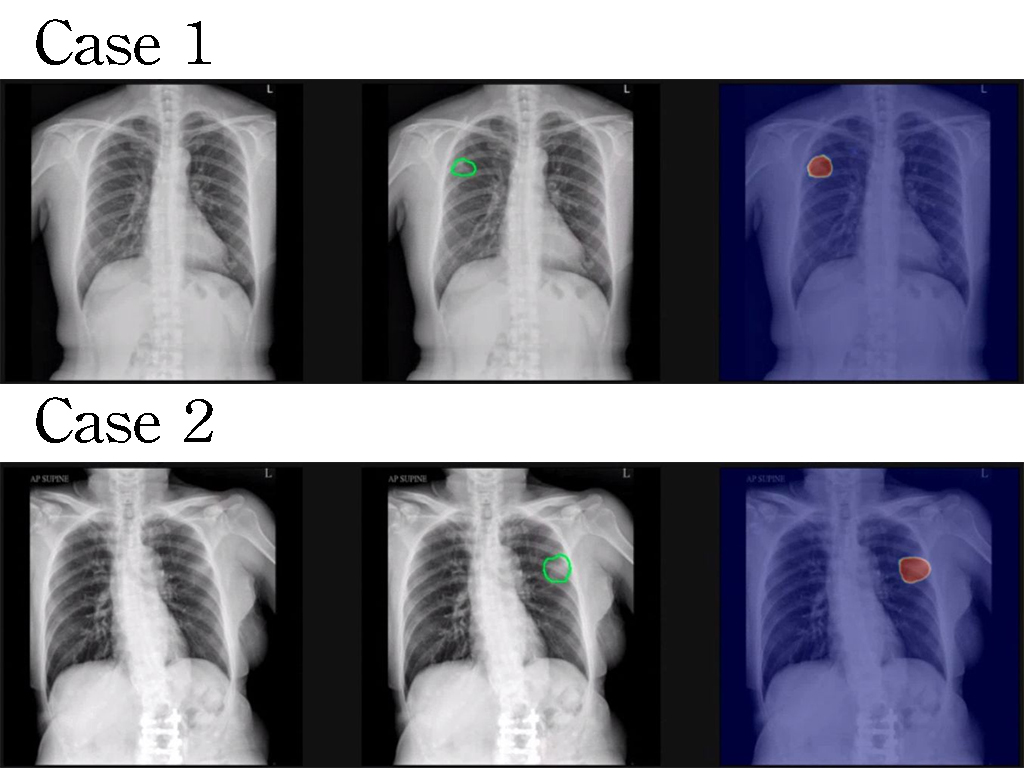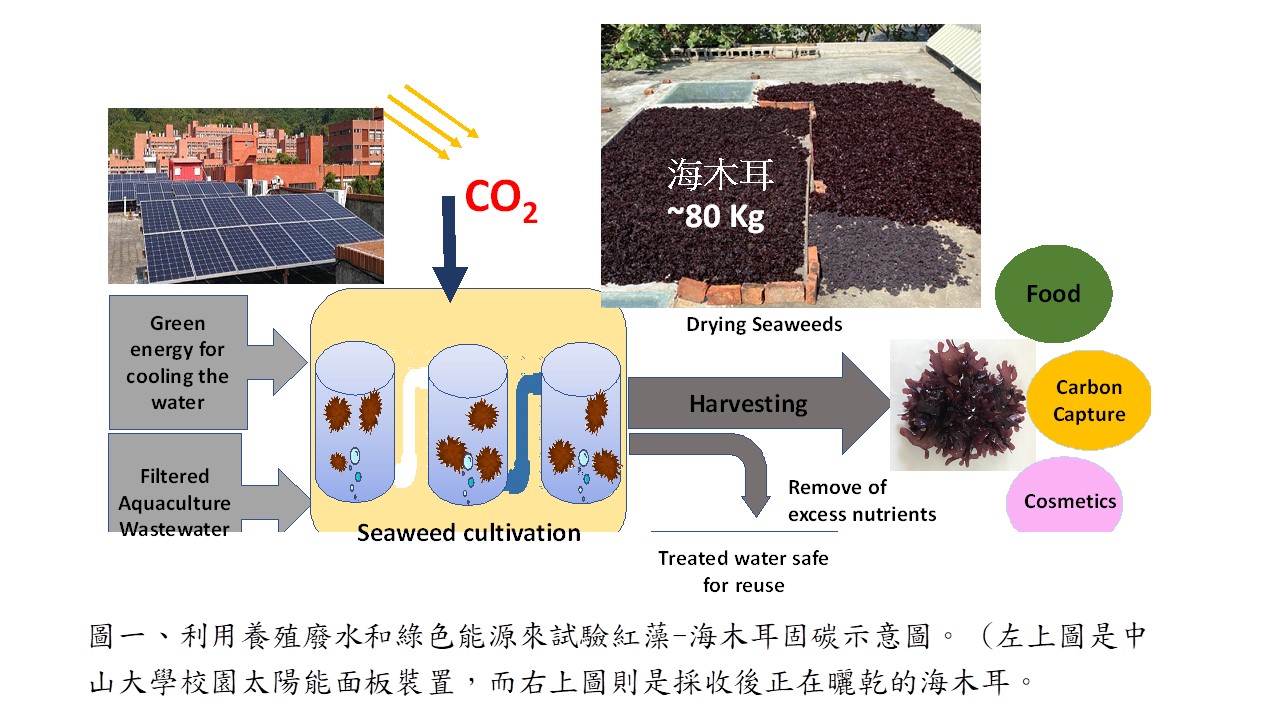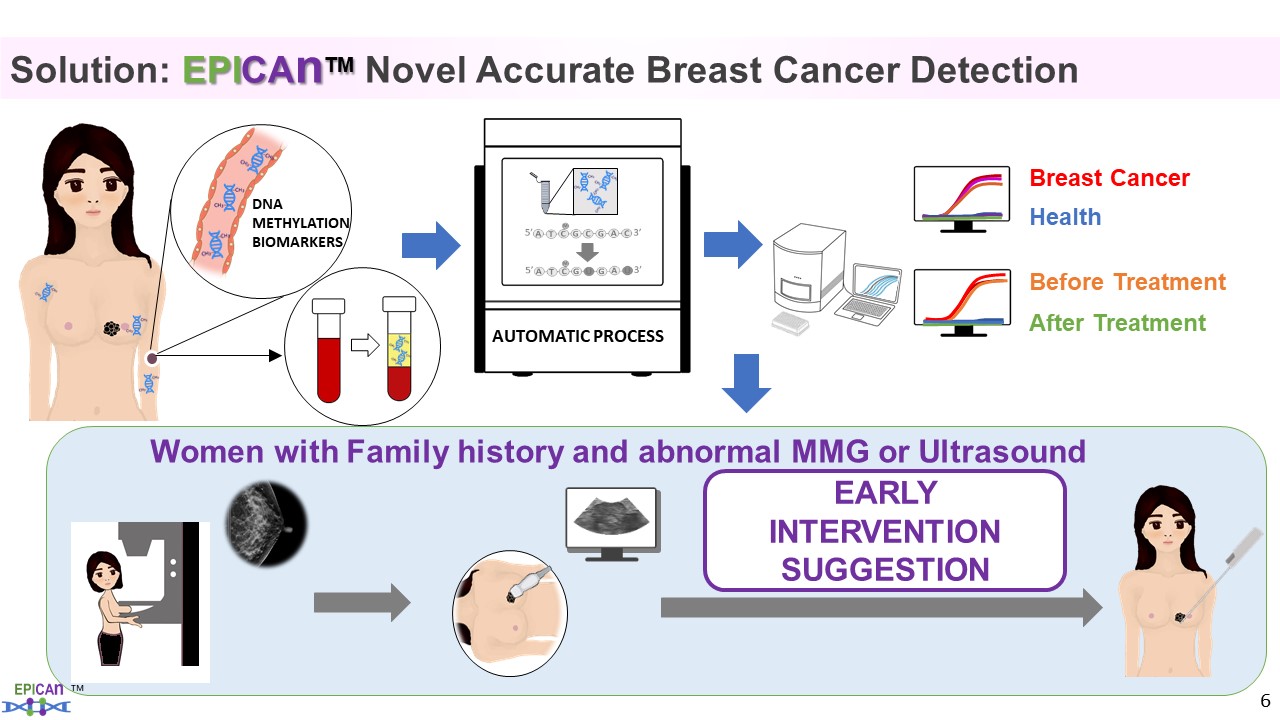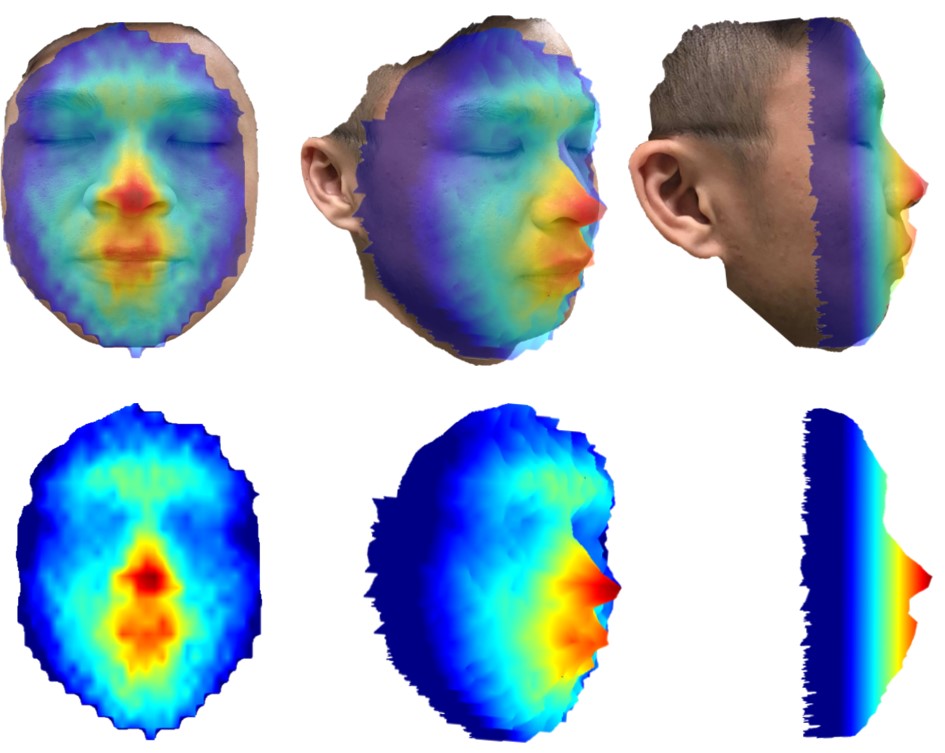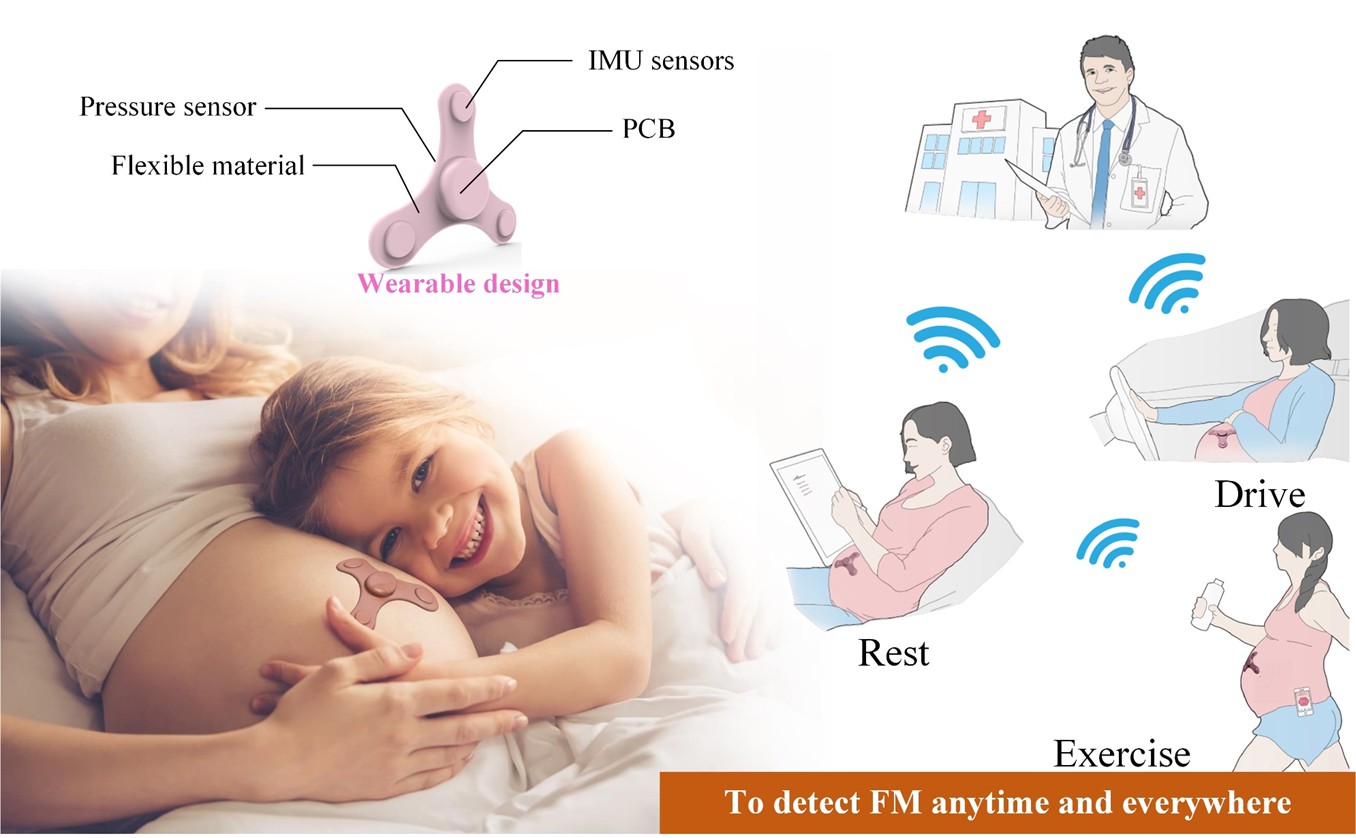| Summary |
Lung-on-minilab is designed as a tool for personalized healthcarewill contribute in precision medicine. Here, the tumor microenvironment was reconstituted using liquid dielectrophoresisarranged as lung tissue. The size of pattern can be customized as stages of cancer. Additionally, this chip was equipped a gradient microfluidic channel which enabled testing combination of medications. This is the first device where chemotherapyimmunotherapy medications can be tested together. This will improve the screening timeserve as an alternative for patients in therapeutic try.
|
| Scientific Breakthrough |
Taipei Medical UniversityNational Tsing Hua University have engineered a lung-on-minilab to recapitulate the microenvironmentthe functions of lung tissues. This organ-on-a-chip provides 3D culturing spacecells are guided into this microchipre-organized in light sensitive artificial extracellular matrix as a tissue structure. The immune cells are introduced in the circulation structure. Thus, this is the first organ-on-a-chip to reassemble tumor microenvironment. Because this microchip is translucent, it provides a window into the essential functions of human lung.
|
| Industrial Applicability |
The surge of applications in organ-on-a-chip devices, because of its' capability in rapid analyzing of biochemical, metabolic,genetic phenotypes ex vivo, increased in the demand for organ-on-a-chip in drug screening,especially in personalized healthcare. The compound annual growth rate is expected to be around 39.9 in 2026. Noticeably, in 2020 FDA signed a collaborative agreement to apply the lung-on-chip to evaluate the safety, efficacy,mechanism of Covid-19 vaccinesprotective for human use. This will facilitate to the use of organ-on-chips into the market.
|

